A small overview of images taken with telescopes of the TinyObs in Oldenburg.
TinyObs in Oldenburg
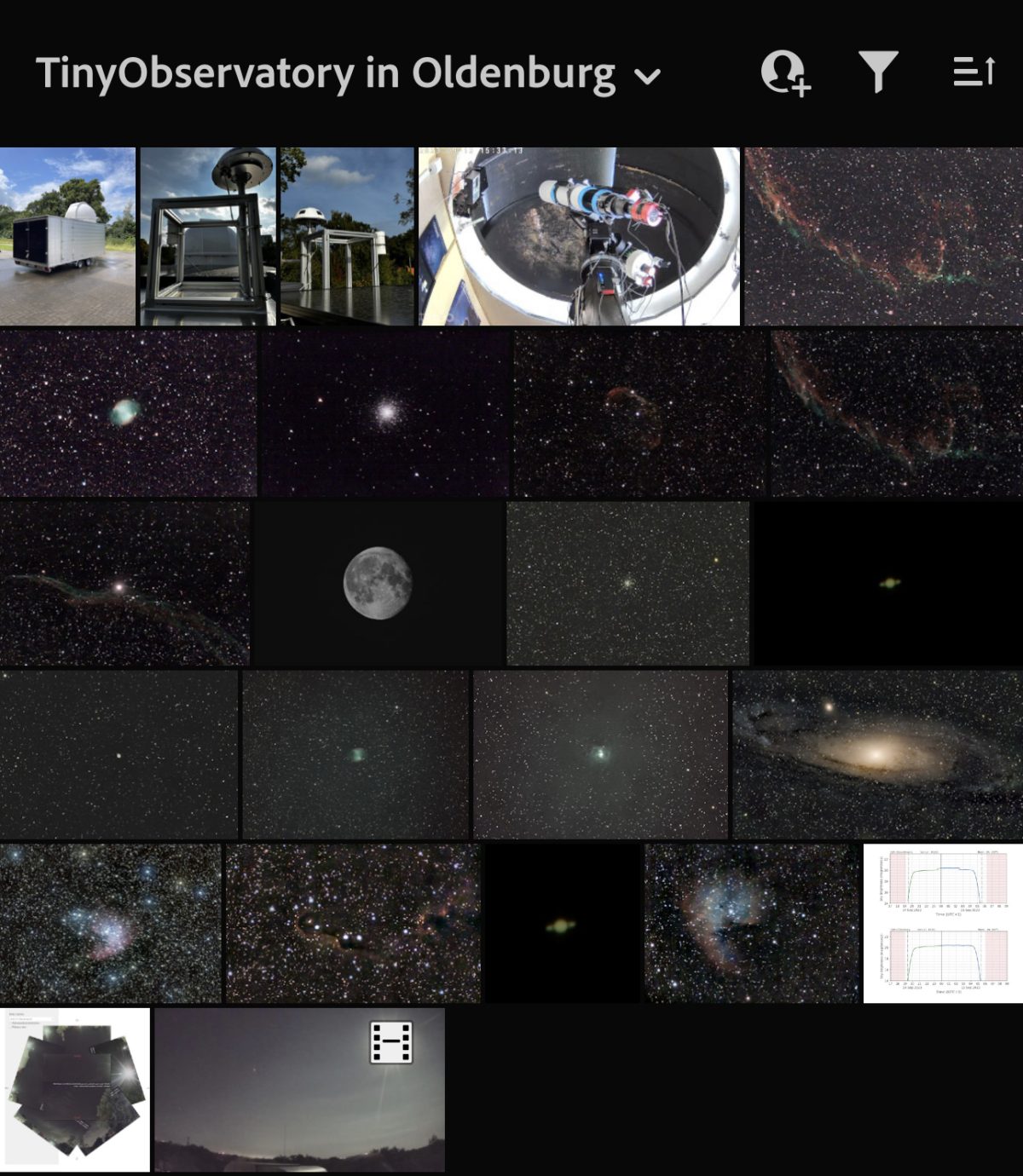

A small overview of images taken with telescopes of the TinyObs in Oldenburg.
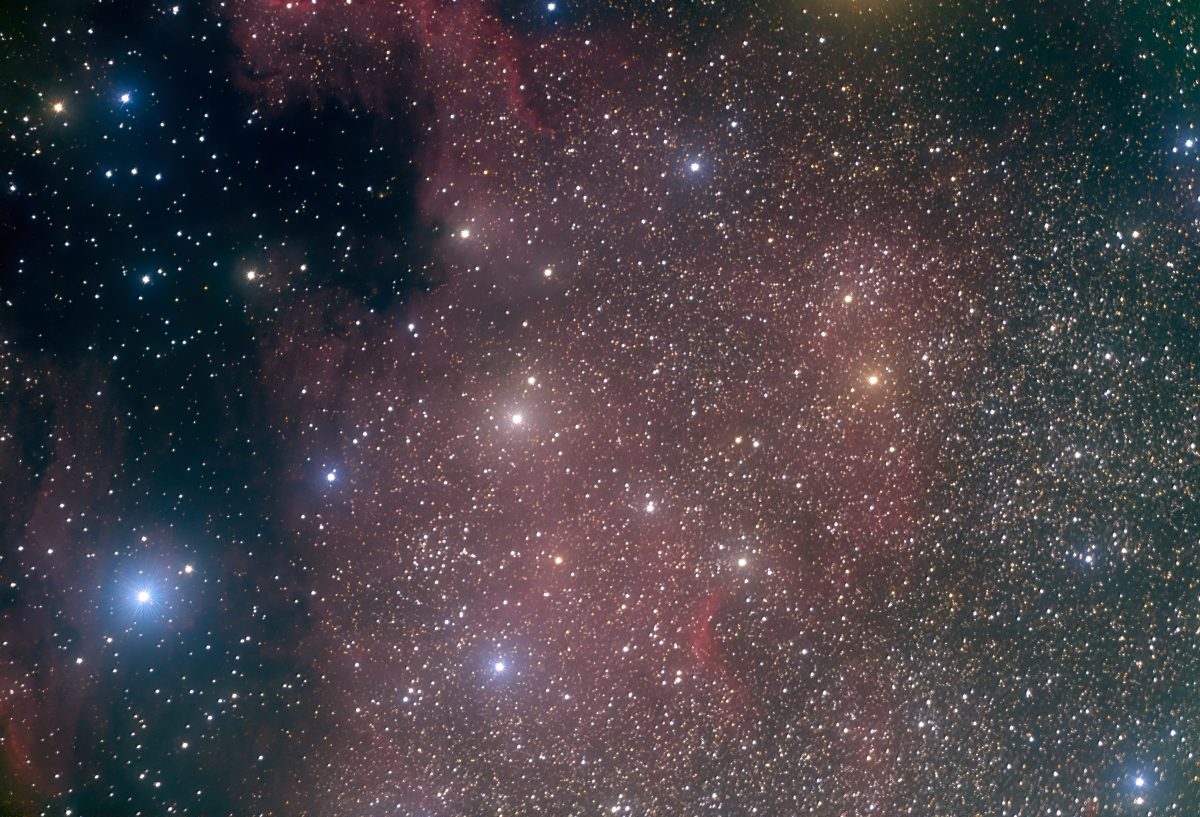
TS-Optics Hypergraph 6 (150/420 mm)
ZWO ASI 294MC Pro Color CMOS Camera, 0.0 °C
NGC 7000
Luminance: 66 x 120 s exposures
132 min total exposure
Picture edited with Siril and Lightroom
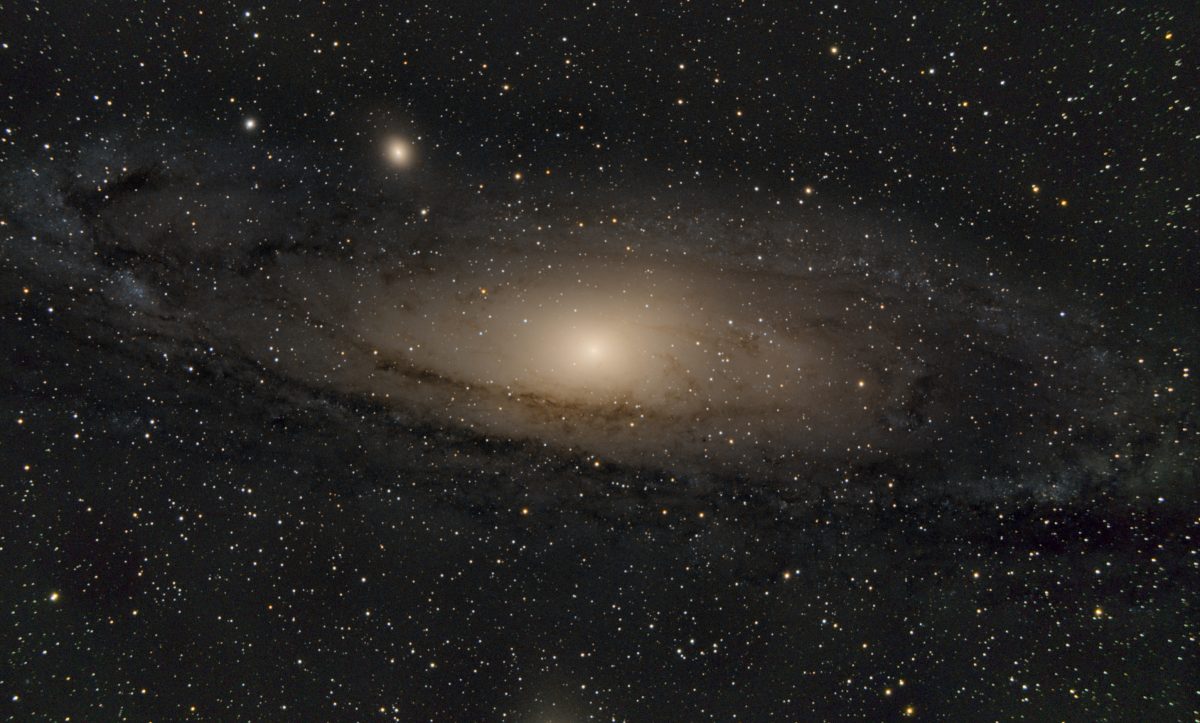
Hier ist der erste Test mit dem neuen Refraktor, als Ziel haben wir die bekannte Andromeda-Galaxie gewählt.
Belichtungszeit: 80 x 30s
Datenauswertung mit SiriL
Ausrüstung:
Teleskop – TS-Optics PHOTOLINE 130 mm f/7
Kamera – ZWO ASI 2600MC-PRO
Montierung – AZ 2000 HPS Combi Montierung mit DT Set
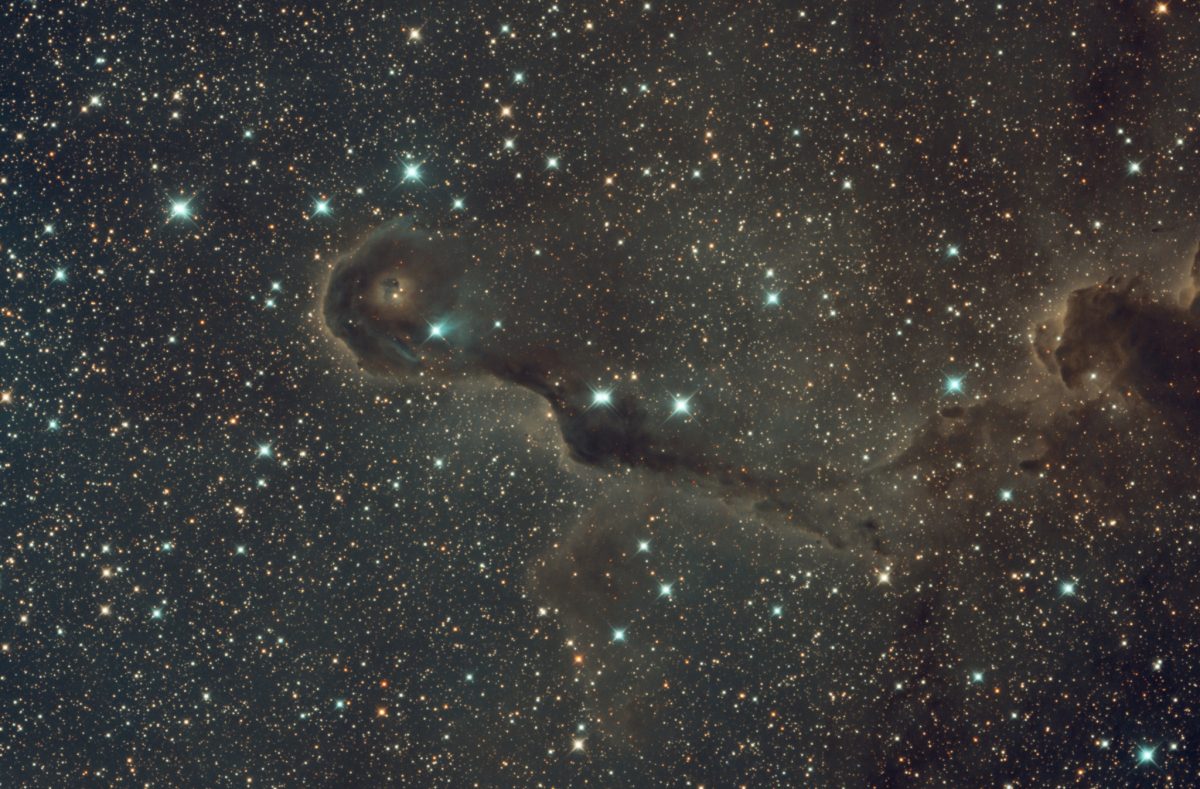
IC 1396 – C2PU 2022
Omicron telescope in primary focus:
1004mm/3296mm (F/3.17)
QHY600M
Halpha: 7x120s
SDSSg: 6x120s
SDSSr: 4x120s
SDSSi: 7x120s
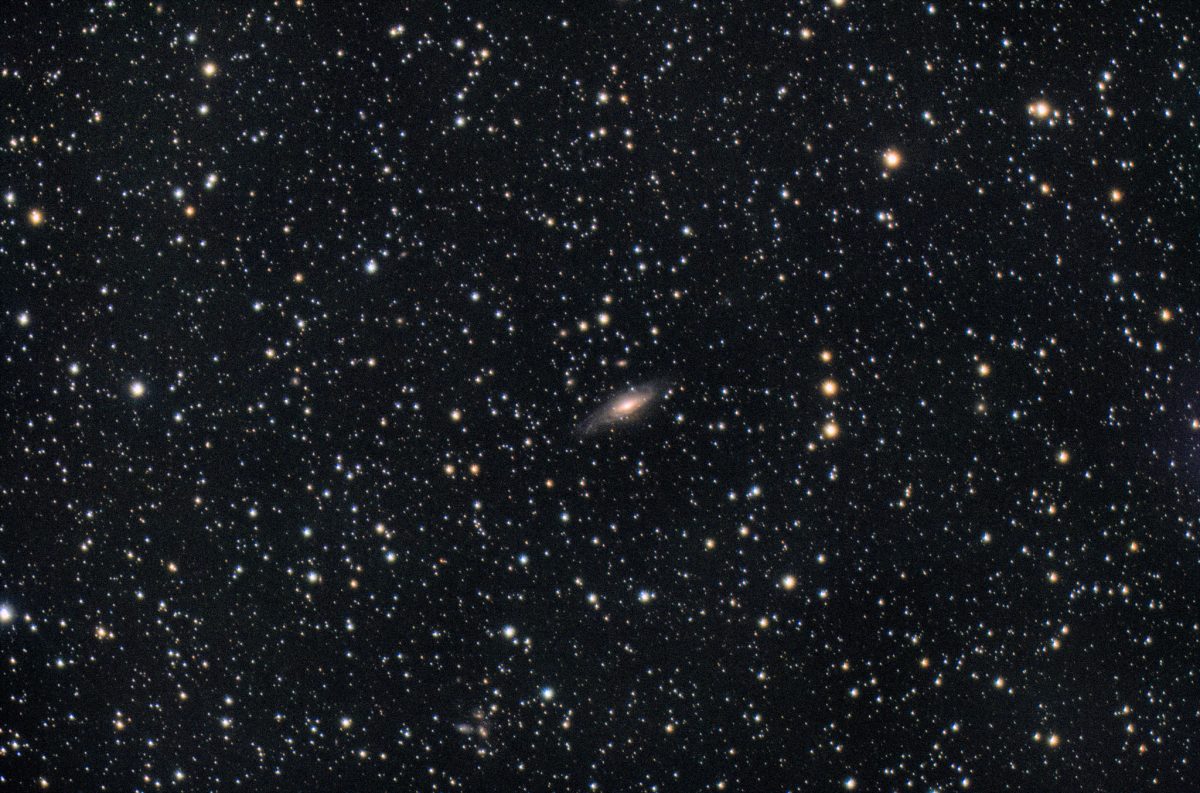
TS-Optics Hypergraph 6 (150/420 mm)
ZWO ASI 283MM Pro CMOS Camera, -20.0 °C
NGC 7331 region
Color: 123 x 180 s, Bin 1×1
369 min total exposure
Picture edited with Siril and Lightroom
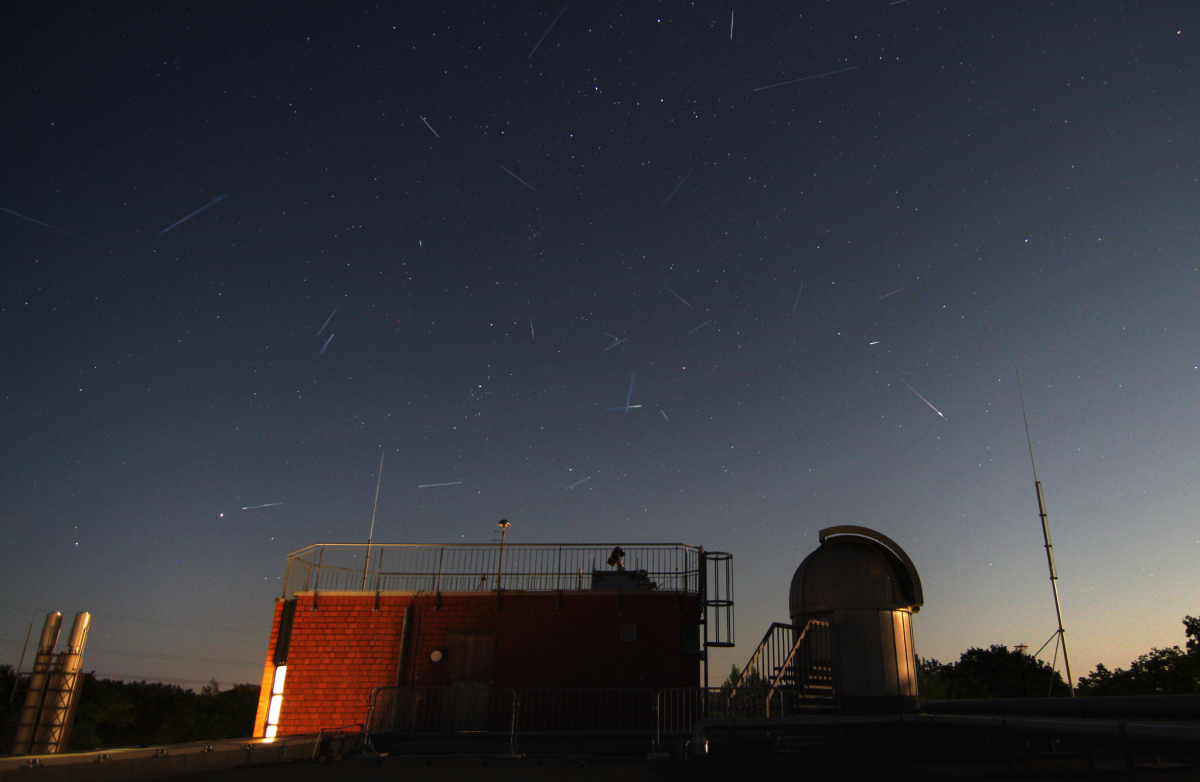
Lange Nacht an der Uni, aber es hat sich gelohnt 🙂
Canon 700D + Tokina 11-16mm F2.4
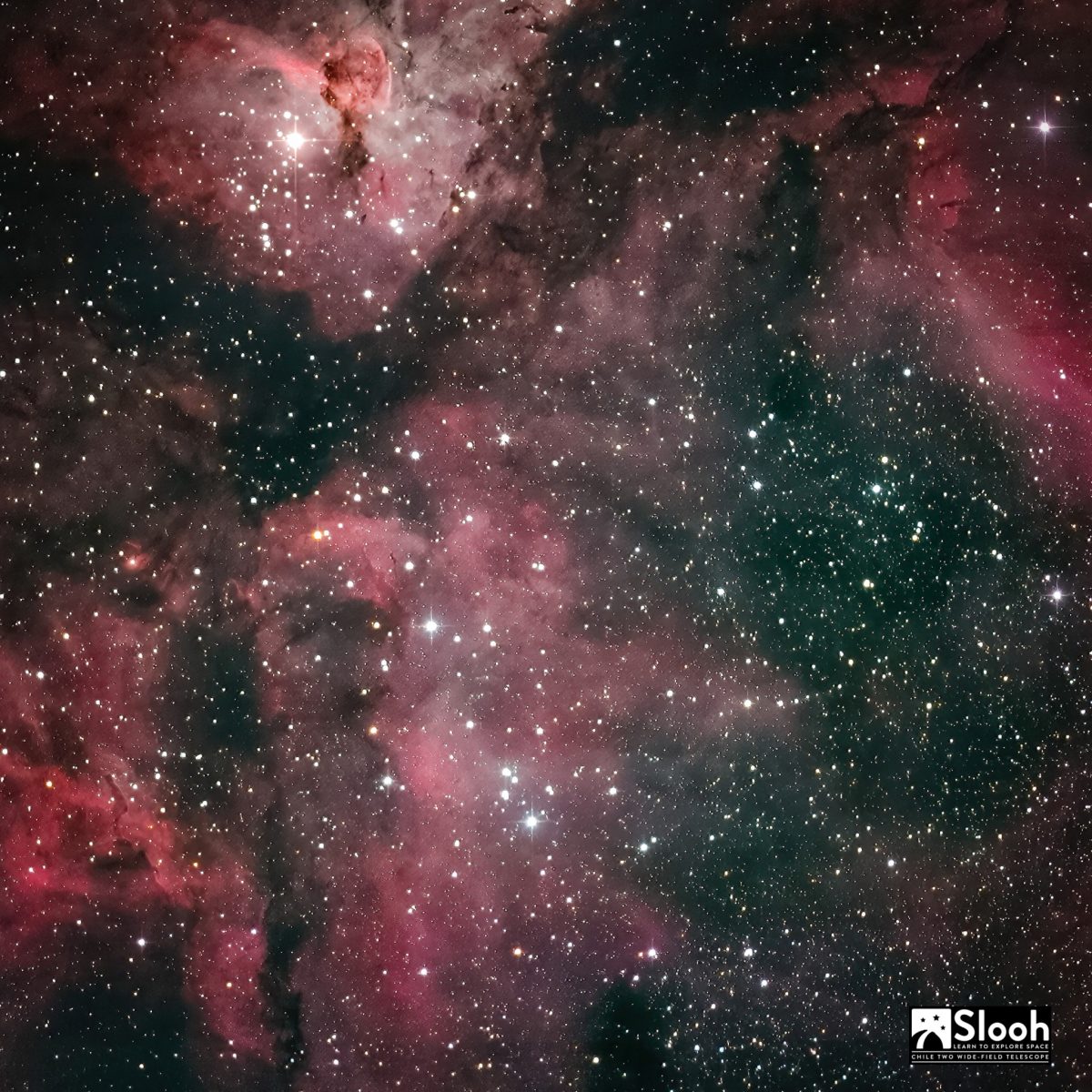
The Eta Carina Nebula is famous for his name-giving massive double monster star system (more than 100 and 80 solar masses, 4-5 million-times more luminous than the sun), well known for his star forming regions and ultra-hot, massive/short living stars. However the region also lies in a neighbouring arm of our galaxy… the Carina-Sagitarius arm lays next to our Orion-Arm (in fact it is one arm closer to the center).. We are lying in the inner rim of the Orion arm… so the Eta-Carina nebula is sending us greetings directly from
the ‚other‘ side (see second post in comments).. and maybe soon a great Supernova explosion.
84 min r,g,b; 168min l with SLOOH Chile2, automatic processing, Topaz (sharpening) and Lightroom (final adjustments).
Image 2: Position of the Eta Carina Nebula in the Milky Way. The distance to the sun is between 6500-10000 Lj.. (yes we do not know it better!) Region is marked ‘red’ in the image from Wikipedia
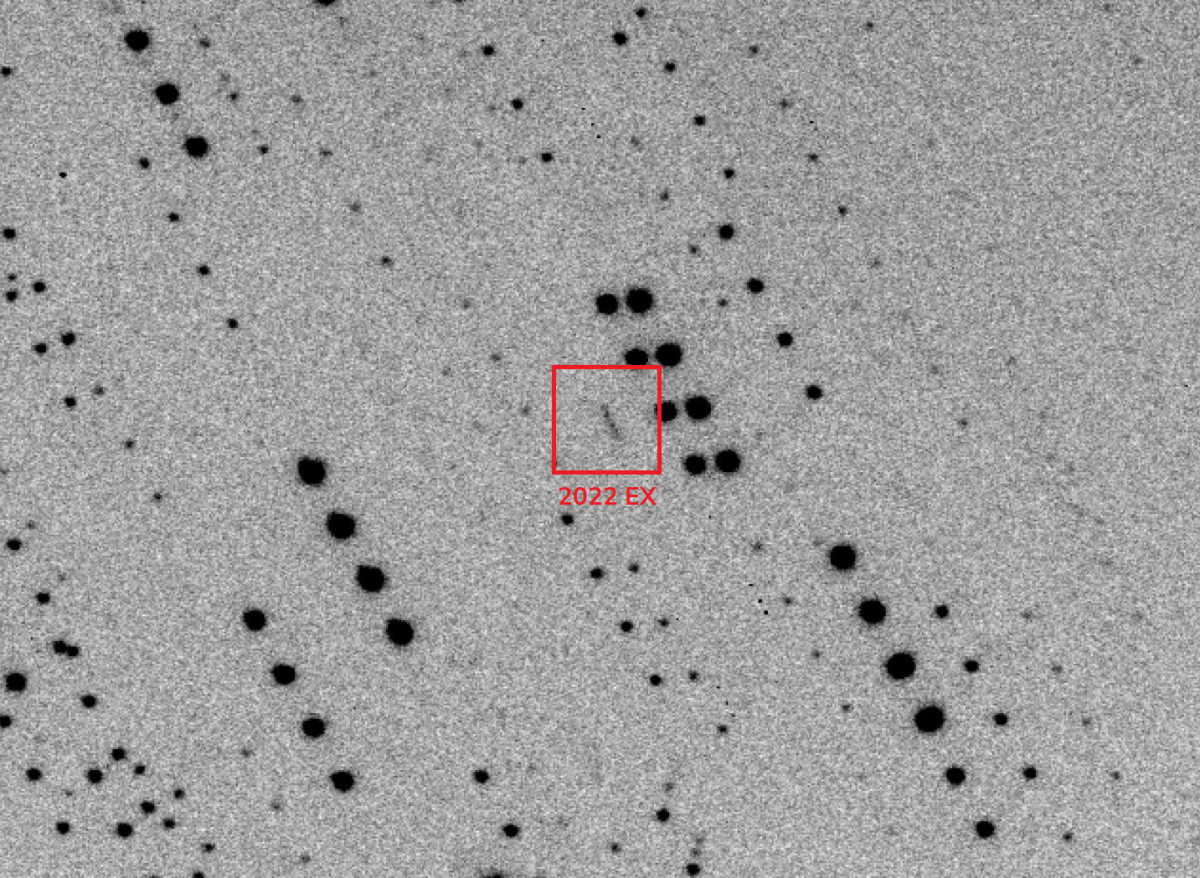
On the 2nd of March at 20:05 (UTC) the GHOST telescope of the university observatory of Oldenburg (G01) discovered its first Near-Earth Object (NEO) since the start of observations for NEOs in July 2021 [1].* The telescope was one of the first ones that observed the object “2022 EX” or “K22E00X”, after the ATLAS telescope on Mauna Loa (T08), Hawaii, initially found the objects about 12 hours prior at 07:35 (UTC). In total the telescope in Oldenburg was the fifth telescope world-wide that observed the object. With a visual magnitude of 18.2 mag it was a relativly bright NEO, thus more than 20 observatories observed the object in the first two days.
2022 EX is considered a “Potentially Hazardous Asteroid” (PHA) with a size of about 170 m and a minimal orbital intersection distance with Earth of 0.01858 AU (2.8 Million km or about 7 moon distances) [2]. Eventhough it is currently not considered a risk according to the ESA risk list [3], since to current measurements it will not hit Earth in the future, it should be observed frequently to improve the predictions [4], this is why the Oldenburg telescopes are observing the object as long as it is close and bright enough [5].
Since launch of the NEO observation system in Oldenburg, both telescopes of the university observatory, GHOST and ORT, made more than 500 follow-up observations of small objects in the solar system. They submit their measurements to Minor Planet Center (MPC), which combines measurements from observatories all around the world and calculates precise orbits of these objects. This ensures that all objects that could be dangerous for Earth are tracked.
*The Oldenburg telescope did not initially discover the asteroid. It was found by the survey telescope T08 on Hawaii, but the GHOST telescope quickly made decisive verification measurements. The MPC recognizes the first observations that contributed to the essential orbit determination as a discovery.
[1] https://www.minorplanetcenter.net/mpec/K22/K22E59.html [2] https://www.minorplanetcenter.net/db_search/show_object?utf8=%E2%9C%93&object_id=K22E00X [3] https://neo.ssa.esa.int/risk-list [4] https://neo.ssa.esa.int/priority-list [5] https://www.minorplanetcenter.net/mpec/K22/K22EA5.html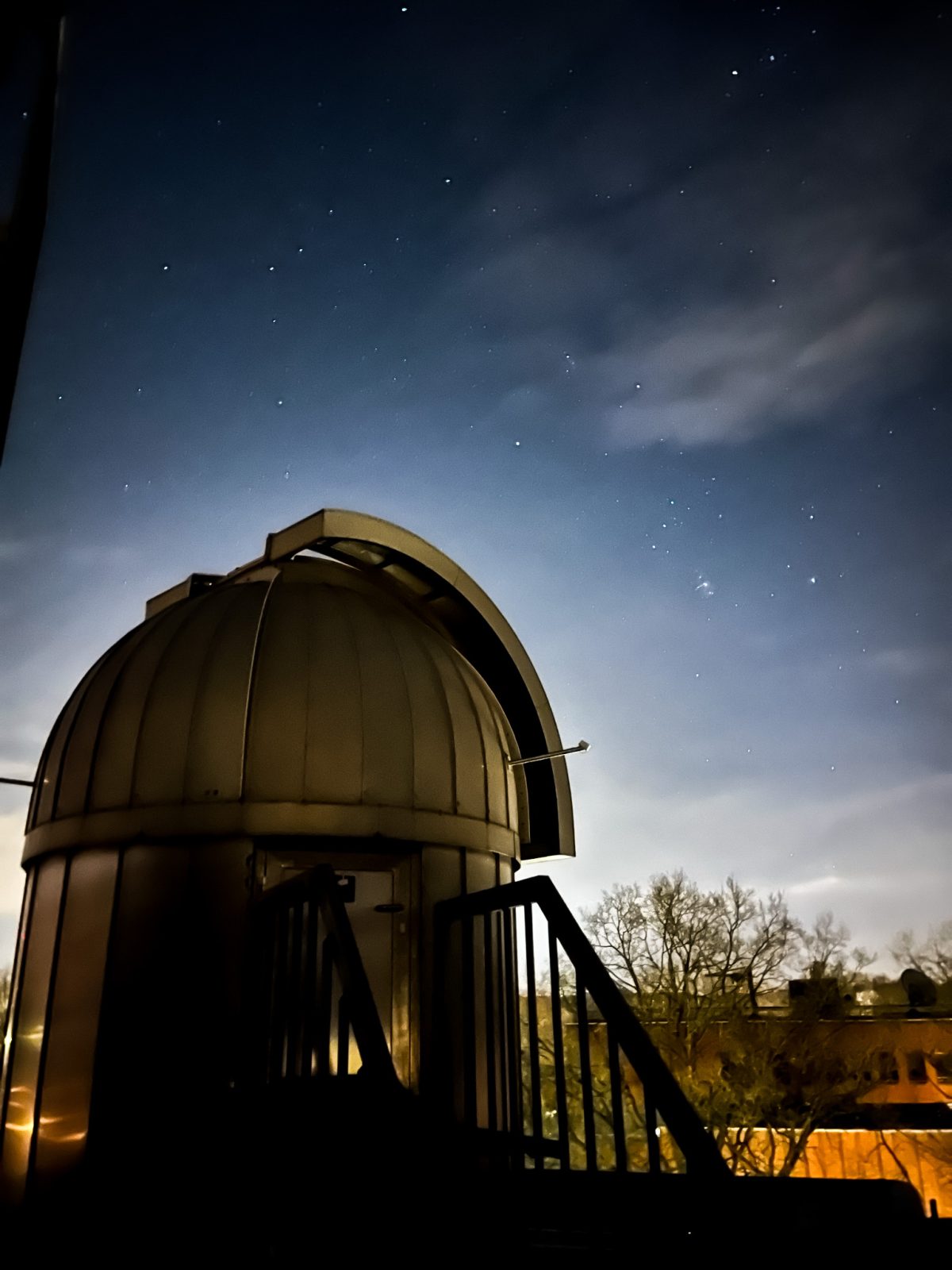
GHOST Telescope (https://wp.uni-oldenburg.de/asf/ghost/) on the roof of the university during the capture of Near-Earth Objects (NEOs) with Star-constellations (e.g., Orion) in the background.
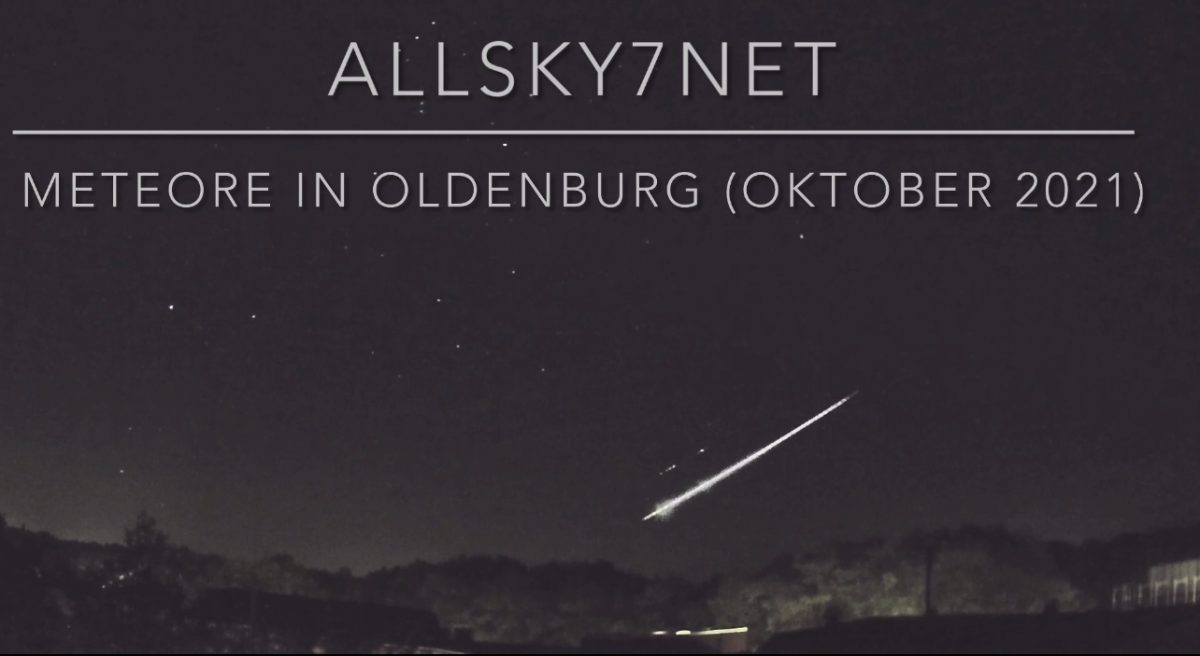
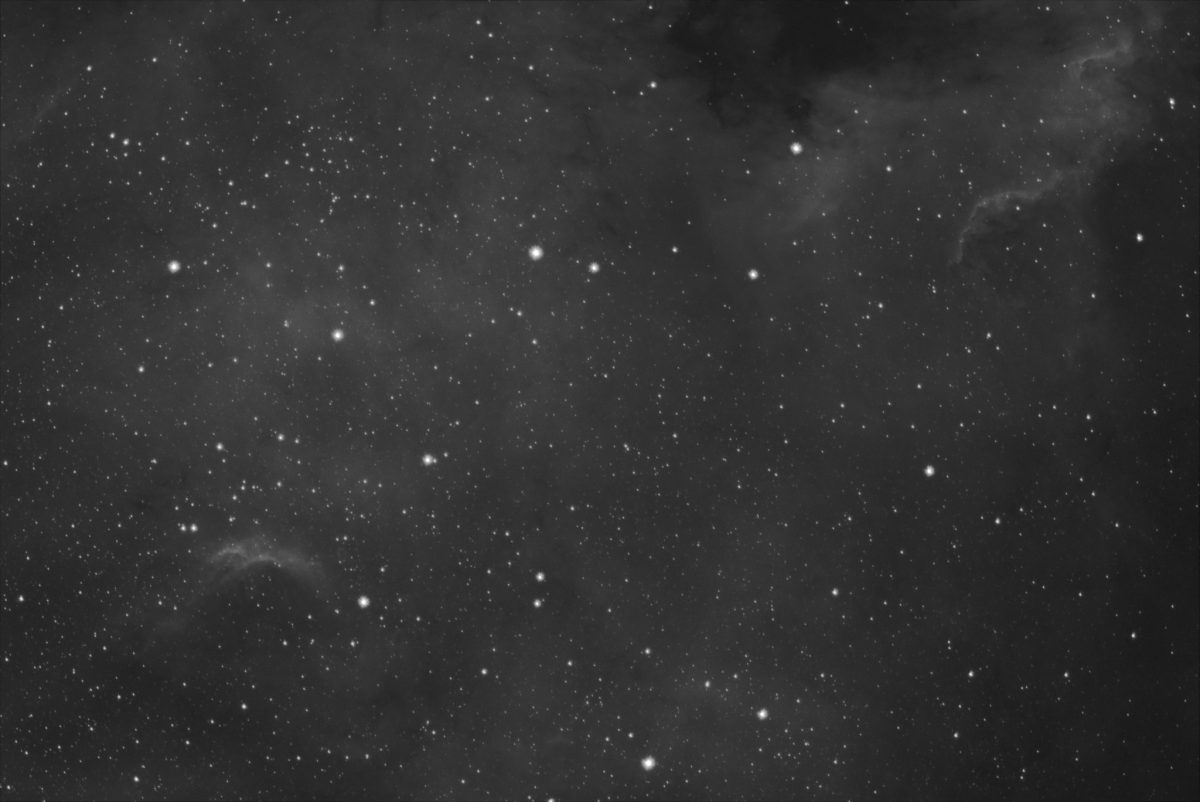
CCD: ASI183MM Pro
Telescope: TS Hypergraph 6 (150 f/2.8)
8x300s Halpha
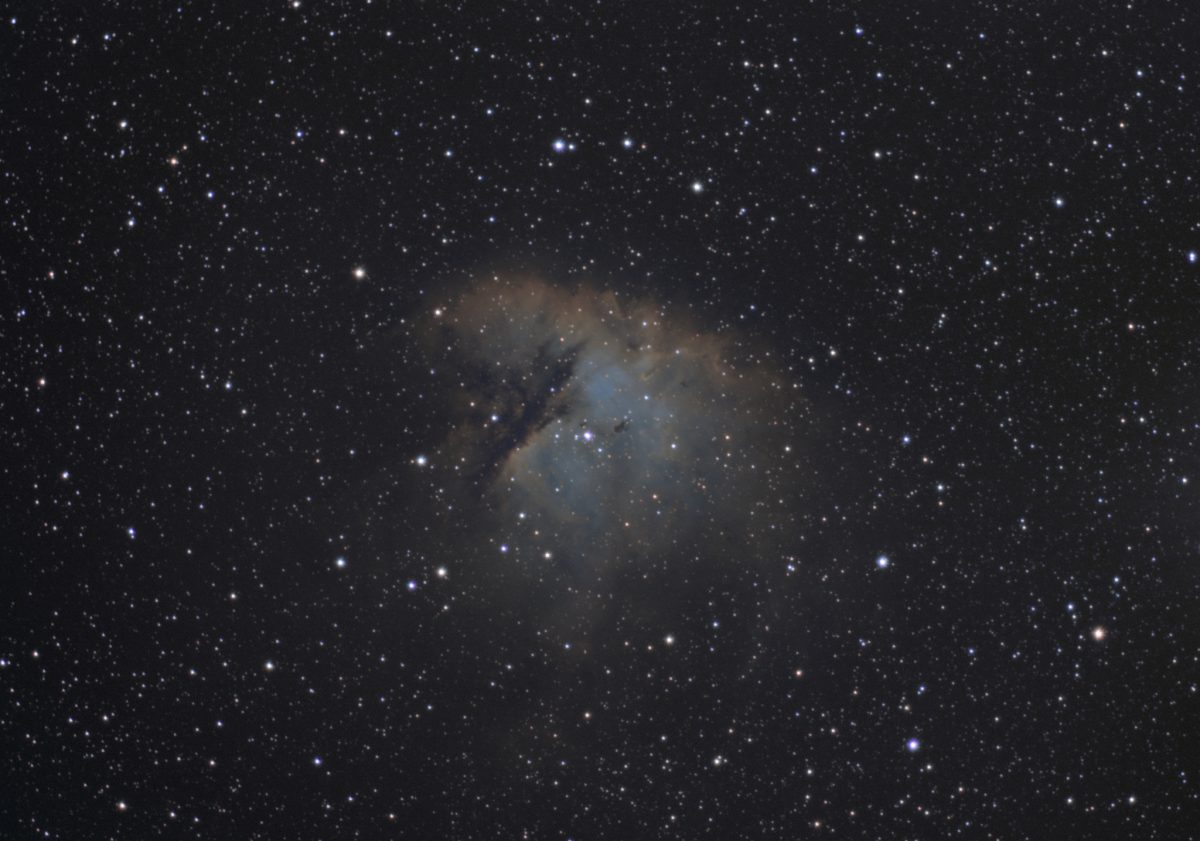
Hypergraph 6 (150/420)
ASI183MM Pro
SiiHaOiii:
Sii – 20x300s
Ha – 10x180s + 17x300s
Oiii – 8x180s + 19x300s
(4h9min)
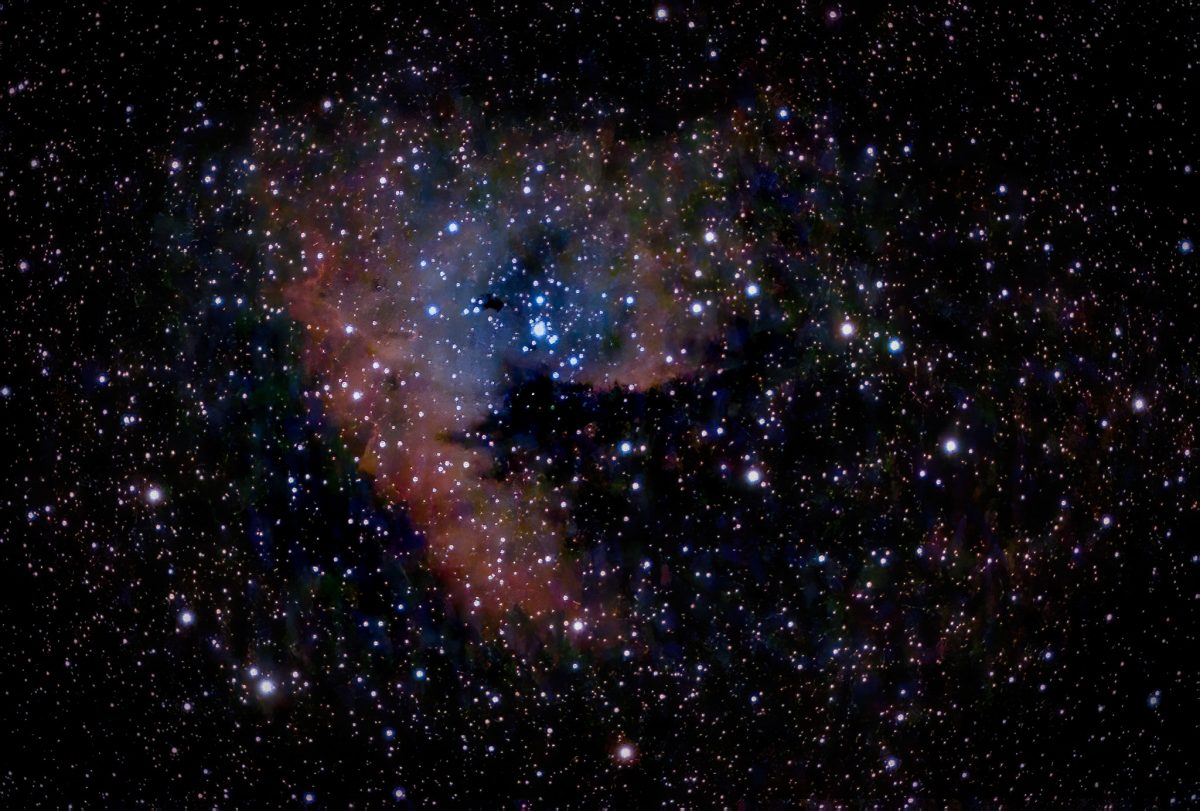
Image was taken in Oldenburg during two nights with 2 Stellinas running at the same time resulting in approx. 13h rgb image. Postprocessing with Pixinsight, Lightroom and Topaz AI.
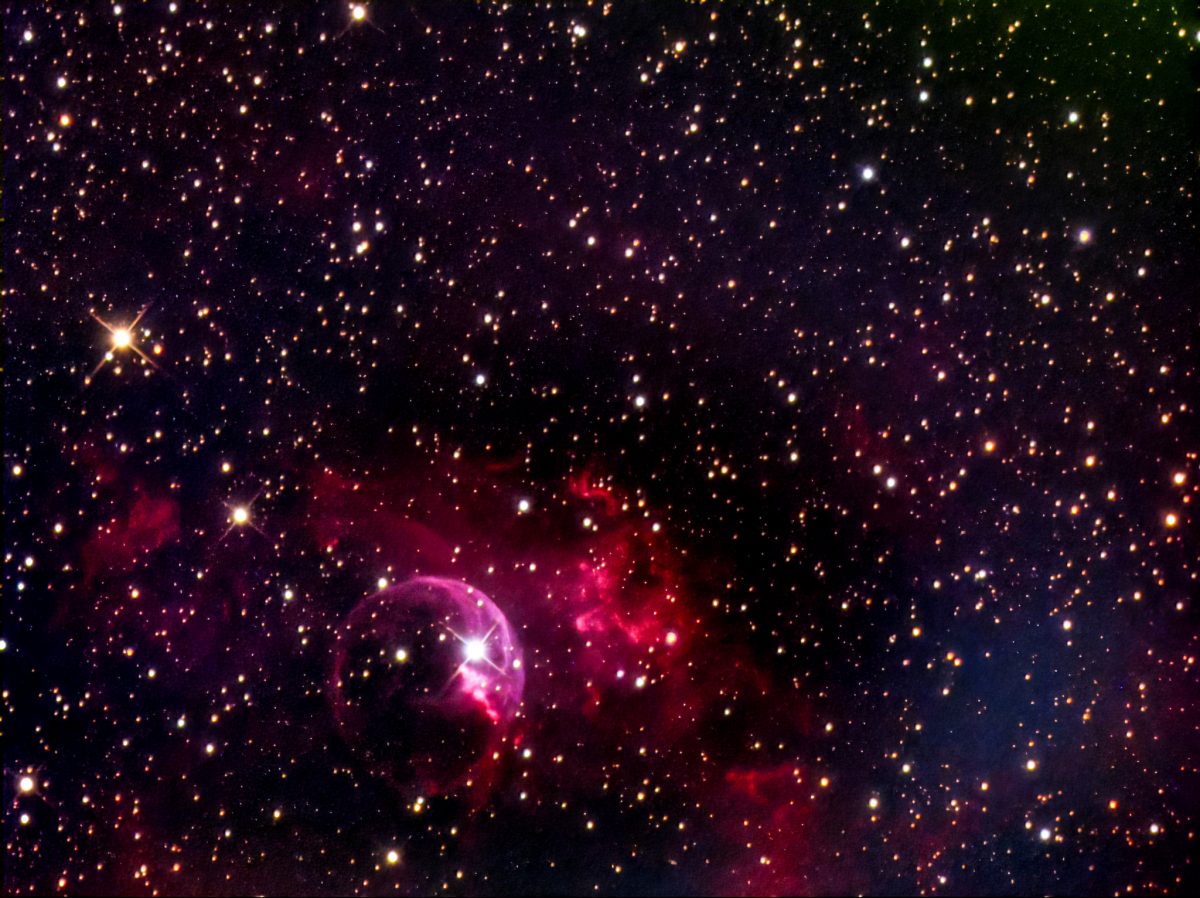
TS-Optics 16” f/8 RC Teleskop (406/3250 mm)
ATIK 383L+ CCD Kamera, -15 °C
NGC 7635 – 95 min LRGB
Each picture is composed out of components with L-, R-, G- and B-Filters
Picture edited (denoised and sharpened) with TOPAZ-AI and Lightroom

TS-Optics 16” f/8 RC Teleskop (406/3250 mm)
ATIK 383L+ CCD Kamera, -15 °C
NGC 891 – 80 min LRGB
Each picture is composed out of equal components with L-, R-, G- and B-Filters
Picture edited (denoised and sharpened) with TOPAZ-AI and Lightroom
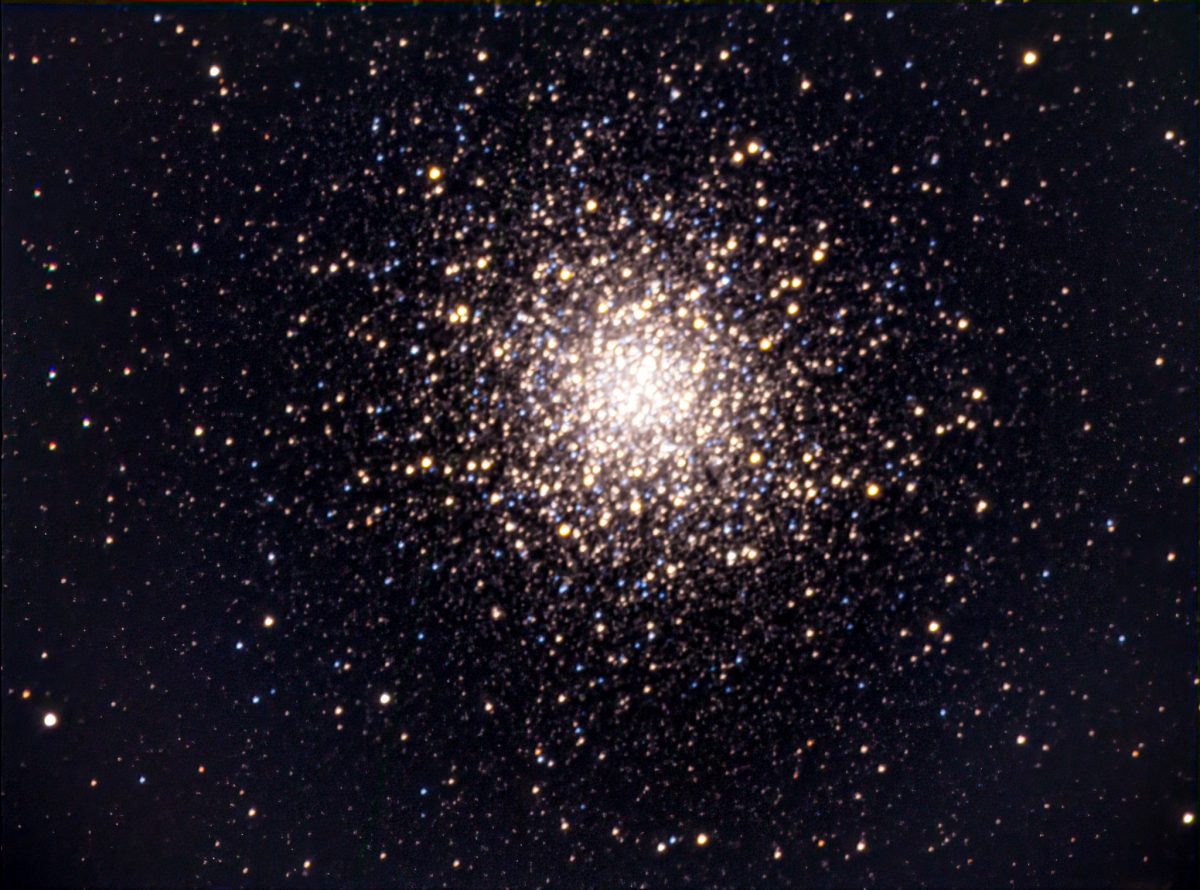
TS-Optics 16” f/8 RC Teleskop (406/3250 mm)
ATIK 383L+ CCD Kamera, -15 °C
M 13 – 60 min LRGB
Each picture is composed out of equal components with L-, R-, G- and B-Filters
Picture edited (denoised and sharpened) with TOPAZ-AI and Lightroom
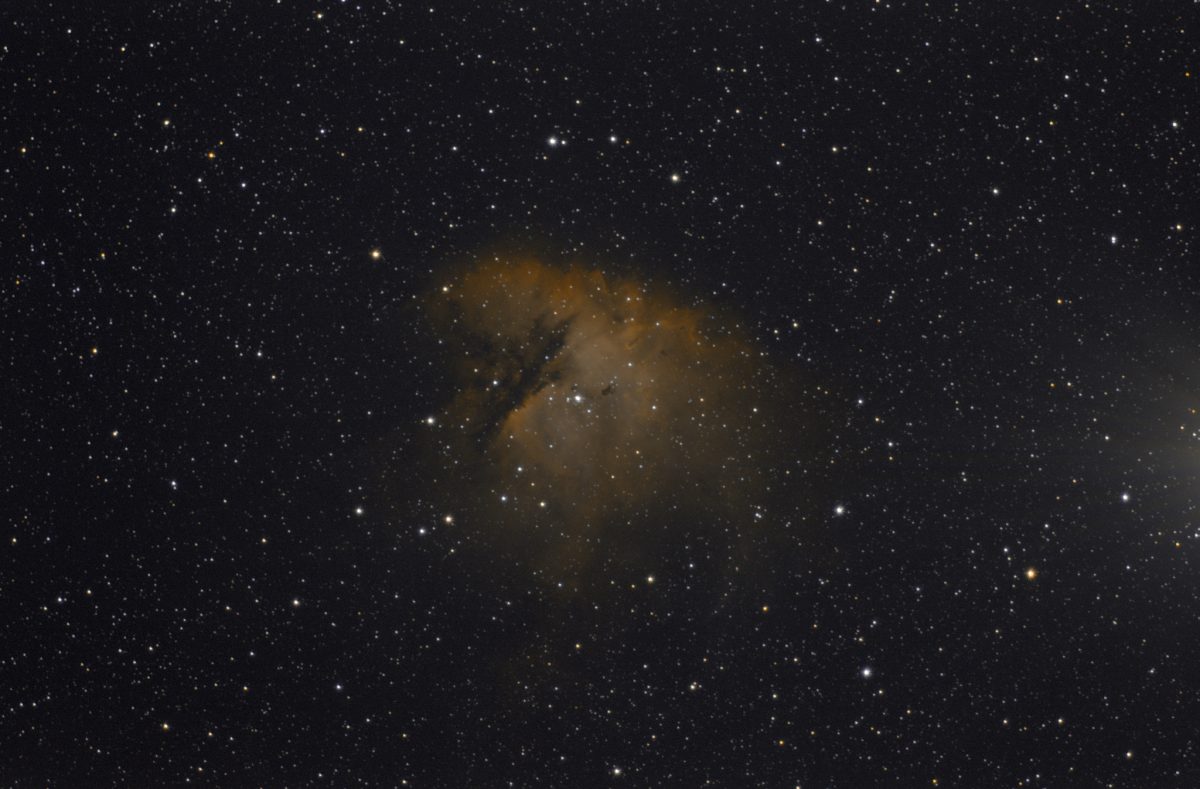
Hypergraph 6 (150/420)
ASI183MM Pro
HaHaOiii:
Ha – 10x180s
Oiii – 8x180s
Keine Darks, daher noch Ampglow sichtbar auf der rechten Seite des Bildes.
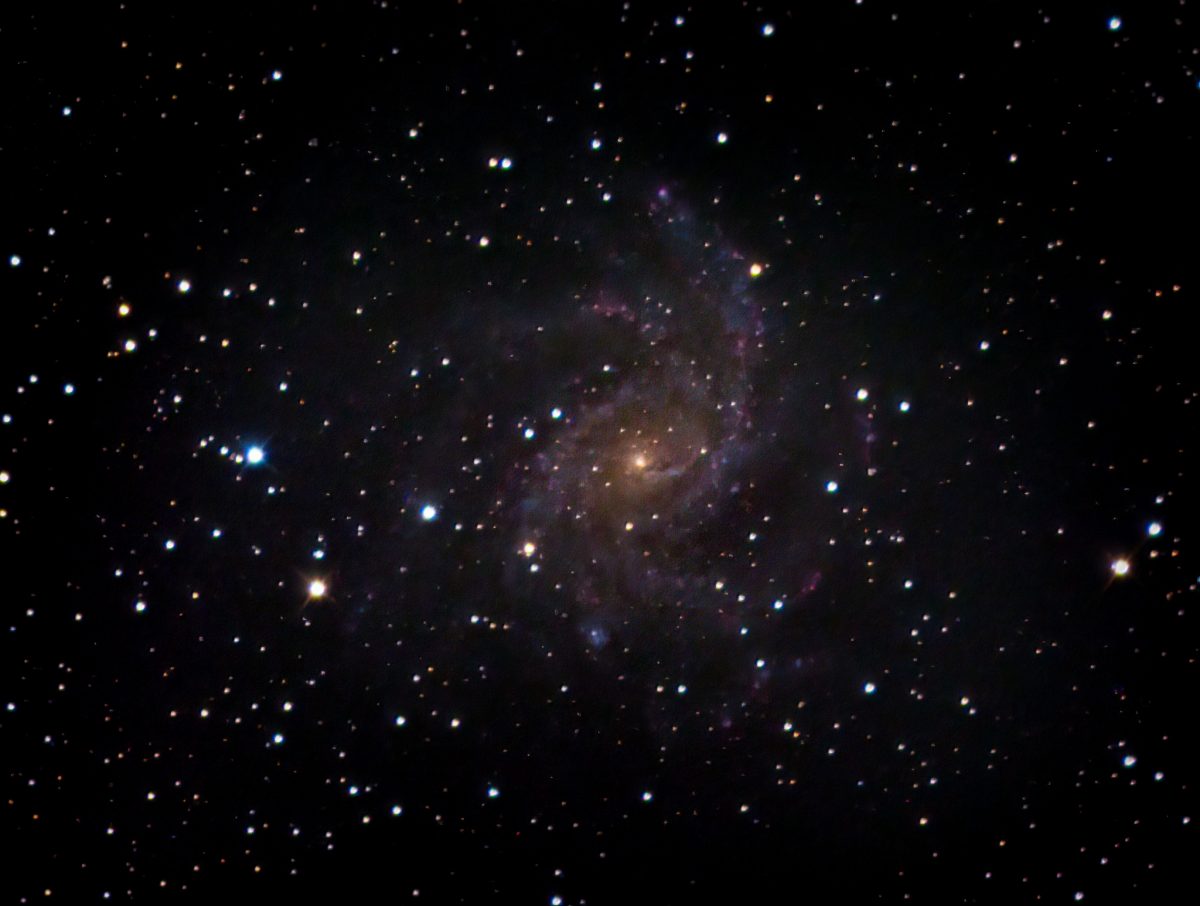
TS-Optics 16” f/8 RC Teleskop (406/3250 mm)
ATIK 383L+ CCD Kamera, -15 °C
NGC 6946 – 25 min LRGB
Each picture is composed out of components with L-, R-, G- and B-Filters
Picture edited (denoised and sharpened) with TOPAZ-AI
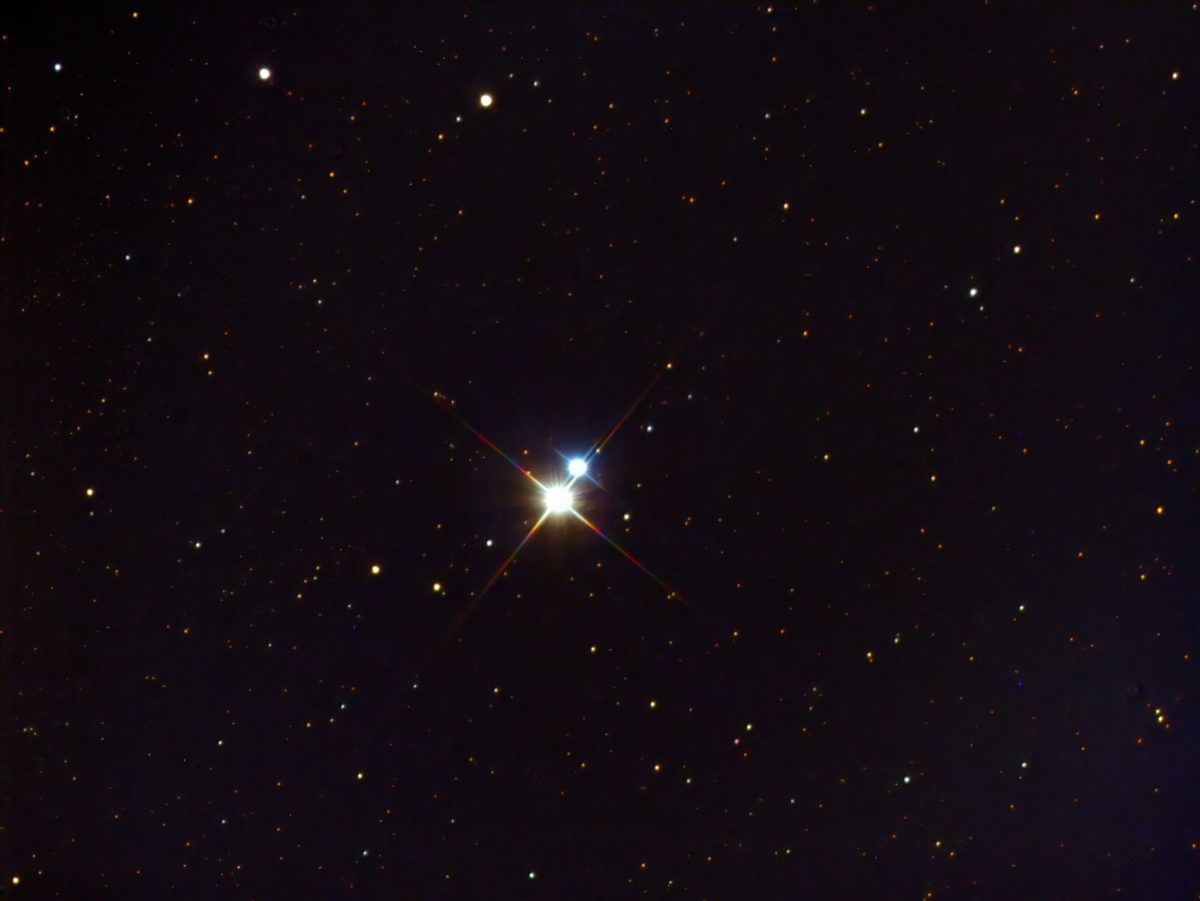
TS-Optics 16” f/8 RC Teleskop (406/3250 mm)
ATIK 383L+ CCD Kamera, -15 °C
Albireo – 3 min LRGB
Picture edited (denoised and sharpened) with TOPAZ-AI

Hypergraph 6 (150/420)
ASI183MM Pro
HaRGB:
Ha – 10x300s Bin1x1
RGB – 10x60s Bin2x2 pro Kanal